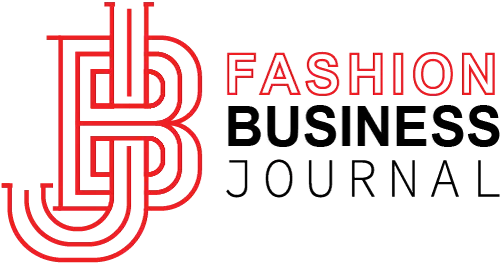The U.S. government’s recent decision to impose a 20% additional tariff on Bangladeshi garment imports has sparked serious concern among exporters and industry leaders. While the Bangladesh Garment Manufacturers and Exporters Association (BGMEA) has stated that the burden will eventually fall on American consumers, many exporters fear they will face immediate pricing pressure from international buyers.
In this exclusive interview with Business Journal (BJ), Md. Fazlul Hoque, former President of BKMEA and Managing Director of Plummy Fashions Ltd., discusses the real implications for exporters, the challenges of using U.S.-origin raw materials, and the urgent call for industry-wide unity.
BJ: Do you think international brands will refrain from pressuring Bangladeshi exporters to lower prices further in response to the new U.S. tariffs? Isn’t there a risk that Bangladeshi exporters will face increased struggles under this new pricing pressure?
Md. Fazlul Hoque: Yes, I strongly believe that U.S. brands, retailers, and importers will exert significant pressure on Bangladeshi exporters. They will likely try to pass on a substantial portion—if not the entirety—of the 20% additional tariff burden to the suppliers. Realistically, even absorbing half of that, i.e., 10%, would be a massive challenge for exporters.
The coming months, especially August and September, will be particularly difficult. Exporters will be under tremendous pressure to reduce prices, and many buyers may expect suppliers to absorb the cost as a strategy to maintain competitiveness.
This is a critical moment for the Bangladeshi industry. We must show unity and collectively communicate to buyers that we are not in a position to bear the brunt of such high tariff hikes. Margins are already razor-thin—almost at break-even—so there’s virtually no room to absorb additional cost burdens.
If we try to face this challenge individually, we will lose. It’s an uneven playing field—the buyers hold significant power. Only a unified front from our side can resist unfair pricing demands and push for a more balanced negotiation.
That said, there might be a silver lining. Just now, I’ve learned that the U.S. has imposed a 50% tariff on Indian products. Since India is a key competitor in the U.S. market, this could help create some relief for Bangladeshi exporters in the medium term. We may even see improved order flows after this initial turbulence settles—possibly within the next two to three months.
BJ: From a manufacturing standpoint, how realistic is it for Bangladeshi garment exporters to take advantage of the optional 20% U.S.-origin raw material provision, which offers duty exemption—especially given the higher costs and longer lead times of American cotton?
Md. Fazlul Hoque: Theoretically, it sounds promising—but practically, there are real challenges. U.S. cotton is already more expensive and takes longer to ship to Bangladesh compared to other sources. These are the two immediate barriers.
Moreover, there’s another complication—how do we prove that a specific garment contains 20% or more U.S. content? What testing protocols will be used? What certifications will be required? These aren’t clearly defined yet and could cause confusion or even harassment during customs clearance in the U.S.
There’s also the risk of price manipulation. Once spinners and yarn makers know their U.S.-origin product helps exporters qualify for duty exemption, they may raise prices even further. U.S. cotton yarn is already more expensive, and if demand increases because of this policy, costs might soar beyond our benefit threshold.
So practically, I’m concerned that using U.S. cotton might not bring actual financial benefits to exporters unless pricing, certification, and sourcing logistics are all handled carefully and fairly.
BJ: With the U.S. offering a tariff exemption for garments using 20% American raw materials, how prepared is the industry to adapt its sourcing strategy—and what support do smaller manufacturers need to remain competitive?
Md. Fazlul Hoque: I believe I’ve already touched on some of these points. But to elaborate—first and foremost, we need absolute clarity on the requirement itself. What counts as “20% U.S. origin”? What documentation or testing procedures will satisfy customs? These are essential questions, and unless clearly addressed, exporters, especially small and medium-sized ones could face delays, rejections, or financial loss.
We also need to address the pricing challenge. U.S. cotton is already costlier than conventional options. If demand rises and spinners raise prices even further, then the exporters will be forced to reconsider whether it’s worth switching at all. That’s why I urge associations like BTMA and BGMEA to work together and find a viable, win-win solution.
If the price of U.S. cotton goes unchecked, and no clear, streamlined process is put in place, many exporters, especially smaller ones will lose interest in using it, as there will be no real financial incentive.
In short, clarity, cooperation, and coordinated action are key. All stakeholders—exporters, spinners, associations, and policymakers—must sit together to find a sustainable way forward. Only then can we make the most of the opportunity while minimizing the risk.











